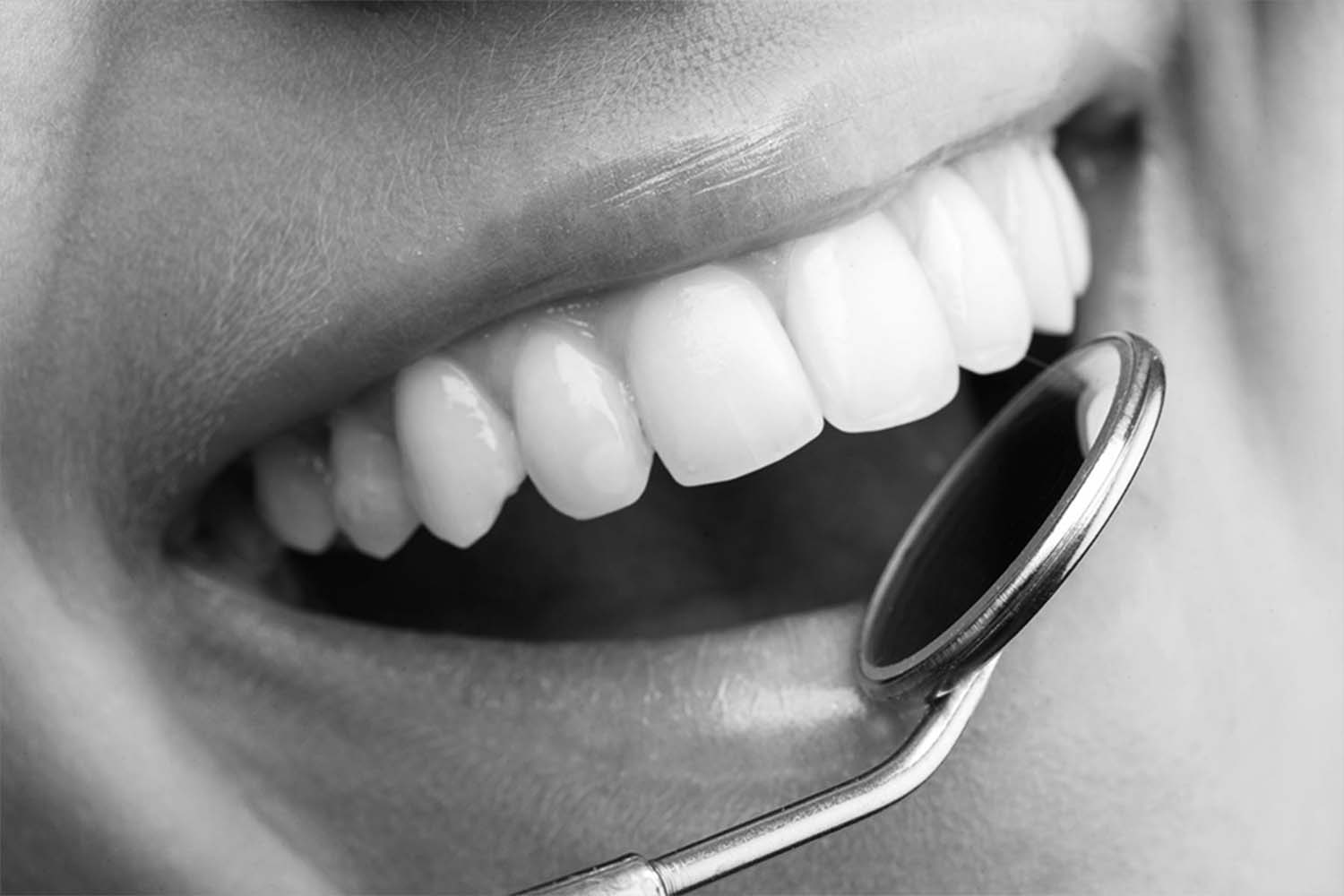After you have in-office teeth whitening treatment, there are a few things you should be prepared for. First, it’s common to experience some mild sensitivity to hot or cold drinks for 1-2 days; if it lasts longer, over-the-counter pain relievers like ibuprofen can help. You might also notice gum tenderness, so it’s best to avoid brushing that area for a bit. For the first 48 hours, steer clear of staining foods and drinks like coffee or red sauces; instead, opt for light-colored foods such as pasta and rice. Long-term care involves being cautious with stain-causing items and regular oral hygiene to keep your smile bright!
Table of Contents: What to Expect After In-Office Teeth Whitening Treatment
- Immediate Effects After Teeth Whitening
- Managing Dietary Restrictions Post-Treatment
- Long-Term Care for Whiter Teeth
- Maintenance Tips for Lasting Results
- What to Expect from Whitening Results
- Post-Whitening Routine Recommendations
- When to Consult Your Dentist
- Frequently Asked Questions
1. Immediate Effects After Teeth Whitening
After your in-office teeth whitening treatment, you might notice a few immediate effects. It’s common to experience mild sensitivity to hot or cold drinks, which typically lasts 1 to 2 days. During this time, you may want to reach for lukewarm beverages to keep any discomfort at bay. Additionally, some patients find their gums feel sensitive, so it’s a good idea to avoid brushing the affected area for a few days to let everything settle down.
Right after the treatment, your teeth may look slightly whiter, but keep in mind that some fading can occur as your teeth rehydrate. Many people enjoy a brighter smile instantly, which can give a nice boost of confidence. However, be prepared for possible temporary swelling of your gums, which usually subsides within hours to a couple of days.
Eating or drinking might be a bit uncomfortable at first, so opting for softer foods that require less chewing can help. You may also notice a slight tingling sensation in your teeth, which is generally harmless. Initially, your teeth might feel a little different in texture, but this will return to normal soon. If you notice any unusual reactions or if sensitivity persists, don’t hesitate to reach out to your dentist. Staying well-hydrated after treatment can also help soothe any sensitivity.
What to Expect After In-Office Teeth Whitening Treatment: Bullet List
- Sensitivity to hot or cold drinks may occur, usually temporarily lasting 1-2 days.
- Gum sensitivity might be experienced; it’s best to skip brushing the affected area for a few days.
- Teeth may appear slightly whiter immediately, but some fading is normal as the teeth rehydrate.
- Some people may notice a brighter smile right away, giving an immediate confidence boost.
- Temporary swelling of gums can happen, but should subside within a few hours to days.
- Discomfort while eating or drinking can be common; opt for softer foods that require less chewing.
- You might feel a slight tingling sensation in your teeth, which is typically harmless.
- It’s normal for teeth to feel a bit different in texture initially, but this will normalize.
- Be mindful of any unusual reactions; if they occur, reach out to your dentist.
- Maintaining good hydration post-treatment can help soothe sensitivity.
2. Managing Dietary Restrictions Post-Treatment
After your in-office teeth whitening treatment, it’s crucial to manage your diet carefully, especially in the first 48 hours. During this time, your teeth are more porous and can absorb stains more easily. So, it’s best to avoid staining foods and drinks like red wine, soy sauce, and dark berries. Acidic foods, such as citrus fruits, should also be off the menu because they can increase sensitivity and affect the whitening results.
Instead, stick to soft, bland foods like mashed potatoes, yogurt, or eggs that won’t irritate your teeth. Staying hydrated is important too; drinking plenty of water is the safest option right after treatment. After the initial 48 hours, you can gradually reintroduce foods but remain cautious about potential stains. For drinks that may stain, like coffee or soda, using a straw can help reduce contact with your teeth.
It’s also a good idea to rinse your mouth with water after consuming any stain-causing foods to minimize their impact. Even beyond the first couple of days, limiting dark-colored beverages can help prolong your whitening results. Maintaining a balanced diet not only supports your overall oral health but also contributes to keeping your teeth looking their best. Pay attention to any foods that trigger sensitivity or staining so you can adjust your diet as needed.
What to Expect After In-Office Teeth Whitening Treatment: Chart
| Food Type | Recommendations |
| Staining Foods | Avoid red wine, soy sauce, dark berries, coffee, tea, and acidic foods (like citrus) for the first 48 hours. |
| Safe Foods | Consume light-colored, non-acidic foods like pasta, rice, eggs, fish, and dairy products during the initial recovery period. |
| Reintroduction | After 48 hours, gradually reintroduce foods but be cautious about potential stains. |
| Hydration | Stay hydrated with water, which is the safest option right after treatment. |
| Rinsing | Rinse your mouth with water after consuming any stain-causing foods to mitigate their effect. |
| Long-Term Monitoring | Continue to limit consumption of dark-colored beverages and adjust your diet to prolong results. |
3. Long-Term Care for Whiter Teeth
To keep your smile bright after in-office teeth whitening, long-term care is essential. Regular dental check-ups and cleanings help maintain that dazzling look, so aim for a visit every six months. Consider incorporating a whitening toothpaste into your routine, but choose one that is gentle to avoid irritating sensitive teeth. It’s also wise to limit foods and drinks known for causing stains, like coffee, tea, and red sauces. When you do indulge, rinsing or brushing shortly after can help minimize their impact.
Eating crunchy fruits and vegetables can work wonders too; they naturally clean your teeth while you munch. Always practice good oral hygiene: brush twice a day and floss regularly to keep your mouth healthy. Adding a stain-fighting mouthwash can also contribute to the longevity of your whitening results.
Be mindful that certain medications or health conditions might affect the color of your teeth, so if you notice any changes, don’t hesitate to consult your dentist. If you find that your teeth start to discolor over time, touch-ups may be necessary, and your dentist can offer options for that. Staying informed about new whitening products can also help you maintain your desired shade.
4. Maintenance Tips for Lasting Results
To keep your smile bright after in-office teeth whitening, consider using the take-home whitening kit your dentist provides. Typically, touch-ups every 6 to 12 months can help maintain your results. When brushing, opt for a soft-bristled toothbrush to protect your enamel from wear. For beverages that can stain, like coffee or dark soda, using a straw can minimize contact with your teeth. It’s also wise to avoid toothpicks or hard foods that could irritate your teeth, especially if they feel sensitive after treatment. Regular dental check-ups are essential, as professional cleanings help sustain the brightness of your smile. Keep an eye on your diet, steering clear of foods known to cause stains, and if you smoke, consider quitting to preserve your results. Staying consistent with your oral hygiene routine, including brushing and flossing, is key to keeping your teeth healthy and bright. If you choose to use whitening strips or gels at home, follow the instructions carefully to avoid overuse. Lastly, remember to stay hydrated; a dry mouth can lead to discomfort and staining.
5. What to Expect from Whitening Results
After your in-office teeth whitening treatment, you might be amazed at the initial results. Many people see a brighter smile right away, but it’s important to know that the color of your teeth can change slightly as they rehydrate over the next few days. This means that while you might feel excited about your new look, it could mellow a bit as your teeth adjust.
How long those results last will depend a lot on your personal habits. If you enjoy drinking coffee or smoking, you may find that your teeth don’t stay as white for as long. On average, results can last anywhere from a few months to a couple of years. Some folks might need touch-ups every six months, while others may find they can go longer.
It’s also worth mentioning that age plays a role in tooth color. As we get older, our teeth can naturally darken, so periodic touch-ups might become part of your routine. Keep in mind that not everyone achieves the same level of brightness. Some may notice a significant change, while others might see a subtler improvement.
Feeling good about your smile can boost your confidence and overall self-esteem, so it’s a great investment in yourself. Before you even start the treatment, it’s a good idea to have an open conversation with your dentist about what you can realistically expect from the results. After treatment, regularly check in with your teeth; if they start looking less bright, it might be time for a touch-up.
6. Post-Whitening Routine Recommendations
After your in-office teeth whitening treatment, it’s essential to follow a few guidelines to ensure the best results and minimize any discomfort. Start by rinsing with lukewarm water, as this can help reduce sensitivity. For your brushing routine, avoid abrasive toothpaste immediately after treatment; instead, choose gentle, enamel-safe options to protect your newly whitened teeth. While it’s important to continue brushing and flossing regularly, be gentle on any sensitive areas that may arise.
In the first few days post-treatment, consider sticking to soft foods and avoid extremes in temperature to keep your teeth comfortable. A fluoride rinse can be a great addition to your routine, as it helps strengthen enamel and further reduce sensitivity. If your dentist has provided at-home whitening kits, make sure to follow their instructions carefully for optimal results.
Keep an eye out for any signs of irritation or ongoing sensitivity. If you notice anything unusual, don’t hesitate to reach out to your dentist. Tracking your whitening routine is crucial; consistency is key to maintaining that beautiful smile. You might need to adjust your oral hygiene products to accommodate any lingering sensitivity. Lastly, be patient; while you may see immediate results, it can take time for your teeth to stabilize in color.
7. When to Consult Your Dentist
If you notice any unusual sensitivity that lasts beyond a few days, it’s wise to reach out to your dentist. They can help determine if there’s an underlying issue. Similarly, if you see any unusual discoloration or spotting on your teeth after the whitening treatment, it’s best to get it examined. Persistent gum irritation or swelling is another reason to consult your dental professional, as they can provide solutions or treatments to ease discomfort. Severe pain or discomfort that doesn’t improve should never be ignored; seeking advice is crucial. If your teeth become overly sensitive to hot or cold after treatment, consider discussing this with your dentist as well. During your next visit, make sure to mention any changes in your oral health, as this can help your dentist tailor your care. Should your whitening results be uneven or less than expected, your dentist can suggest touch-up treatments or alternative options. If you’re thinking about using any at-home whitening products, it’s a good idea to inquire about their safety first. Always remember, if you have any concerns about your treatment or aftercare, don’t hesitate to reach out to your dentist, they’re a valuable resource for maintaining your smile and addressing any issues.
Frequently Asked Questions: What to Expect After In-Office Teeth Whitening Treatment
How long will my teeth stay white after the treatment?
The brightness of your teeth can last anywhere from several months to a few years, depending on your oral care and habits, like smoking or drinking staining beverages.
Will I feel any pain or sensitivity after the treatment?
It’s normal to experience some sensitivity after teeth whitening, but it should be mild and temporary. If you feel a lot of pain, you should contact your dentist.
Can I eat and drink right after getting my teeth whitened?
It’s best to wait at least 24 hours before consuming staining foods or drinks, like coffee, red wine, or dark sauces, to help keep your smile bright.
How can I take care of my teeth after whitening?
To maintain your white smile, practice good oral hygiene, avoid foods and drinks that could stain your teeth, and consider using a whitening toothpaste.
Will I need to get touch-up treatments?
Touch-up treatments can help keep your smile bright over time. Talk to your dentist about how often you might need one based on your lifestyle and habits.
TL;DR – What to Expect After In-Office Teeth Whitening Treatment
After an in-office teeth whitening treatment, expect mild sensitivity for a couple of days and avoid staining foods for the first 48 hours. Continue to be cautious with pigmented foods and quit smoking to maintain your results long-term. Regular touch-ups may be needed every 6-12 months. For sensitivity, stick to lukewarm beverages, and follow your dentist’s instructions for at-home kits. If unusual reactions occur, contact your dentist.
Enspire Dental
Stay in Touch!
Latest Articles
Why General Dentistry in Ann Arbor Stands Out
General dentistry in Ann Arbor really shines for several reasons, but at Enspire Dental, we aim to set the standard. First, our environment is designed to boost confidence...
Why Your General Dentistry Experience Should Be Exceptional
Your experience with general dentistry should truly be exceptional because it lays the groundwork for your oral health. Regular check-ups significantly help in catching...
BEST Cosmetic Dentistry Near Me
Cosmetic dentistry can significantly enhance your smile and boost your confidence. In Ann Arbor Michigan, several top-notch dental practices offer popular services...
Cosmetic Dentistry Bonding: Pros, Cons, FAQs
Cosmetic dentistry bonding is a popular procedure that helps fix imperfections like chips and discoloration using a tooth-colored resin...


